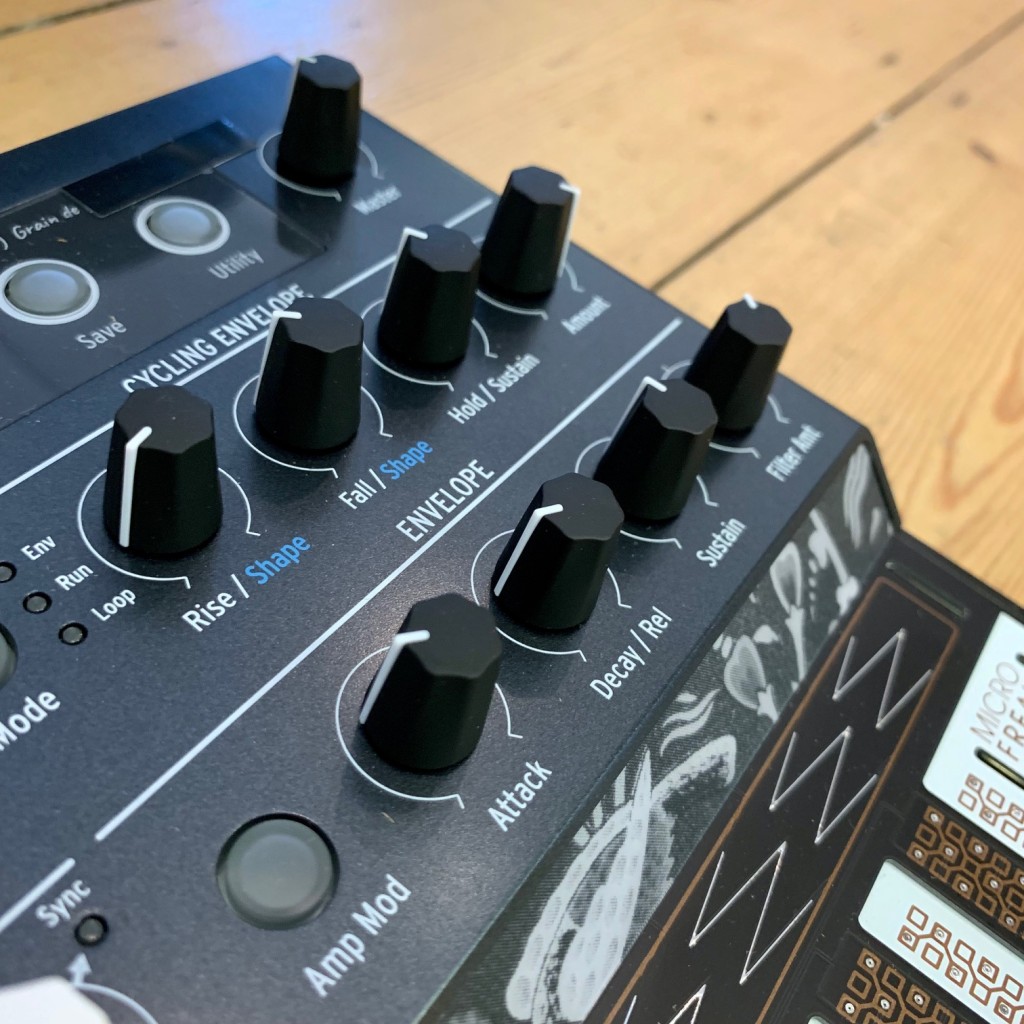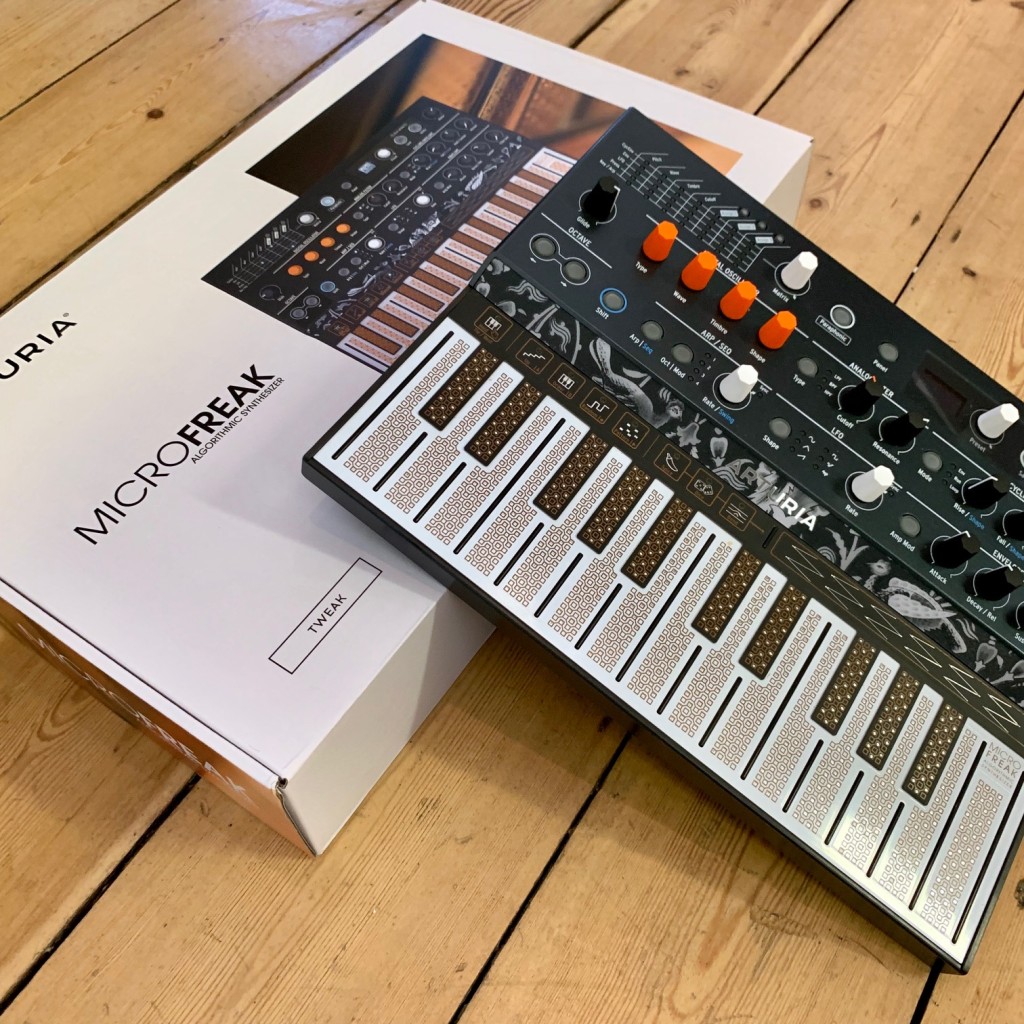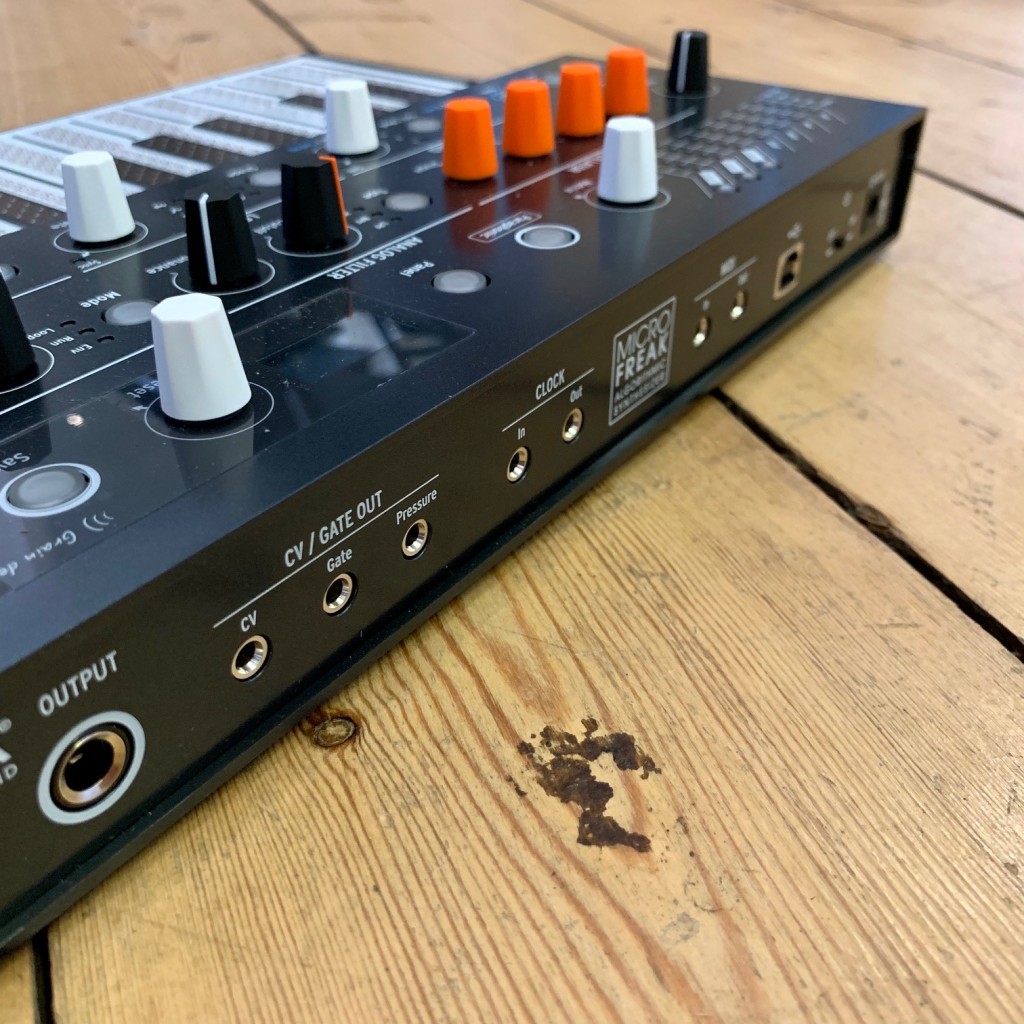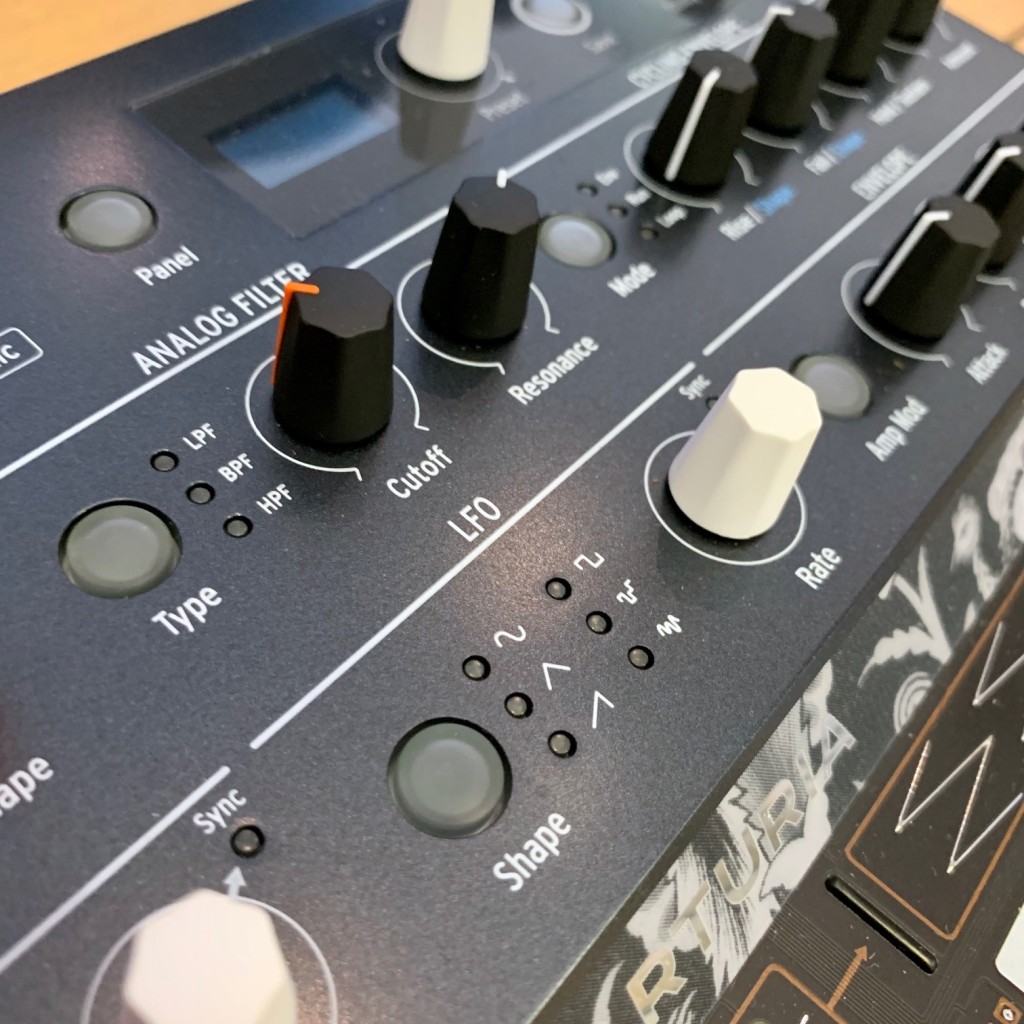The masters of the affordable synth market return with a weirdo hybrid of analogue and digital.

When French software specialists Arturia released the MiniBrute in 2012, they laid the groundwork for a wholesale change in the synth market.
The MiniBrute was the first of a new wave of affordable analogue synths, undercutting its closest rivals by hundreds of pounds. It paved the way for a new market, including the Korg MS-20 Mini and Novation Bass Station 2. Since that initial release there have also been numerous additions to the Brute range itself, such as the smaller MicroBrute, much bigger MatrixBrute and the DrumBrute drum machine.
The MicroFreak isn’t part of the Brute range, but it’s a similar size and form factor to the MicroBrute. Look a little closer and there are some obvious visual differences, from the luminous knobs in the oscillator section through to the paisley-inspired design on the slope of the front panel. Most notably, though, the standard keys of the previous Brute synths have been replaced with a new touch-sensitive PCB keyboard.
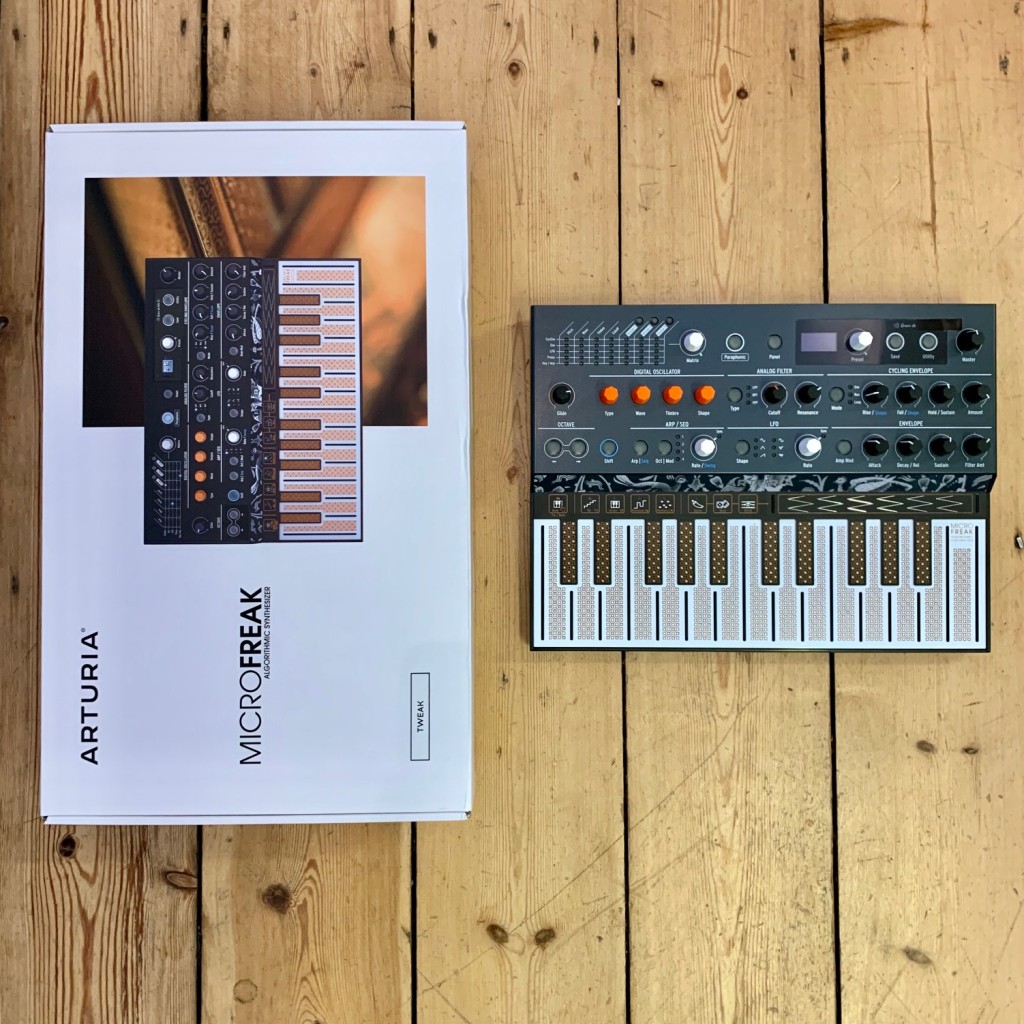
All of this should give you a clue as to the Freak’s intentions: it’s certainly not a conventional synth. Arturia describe it as an ‘algorithmic’ synthesiser, a very loosely defined term which hints at the various different modes available from the synth architecture. Crucially, unlike the Brute models, it’s a hybrid design, combining a digital oscillator section with an Oberheim SEM-inspired multi-mode analogue filter.
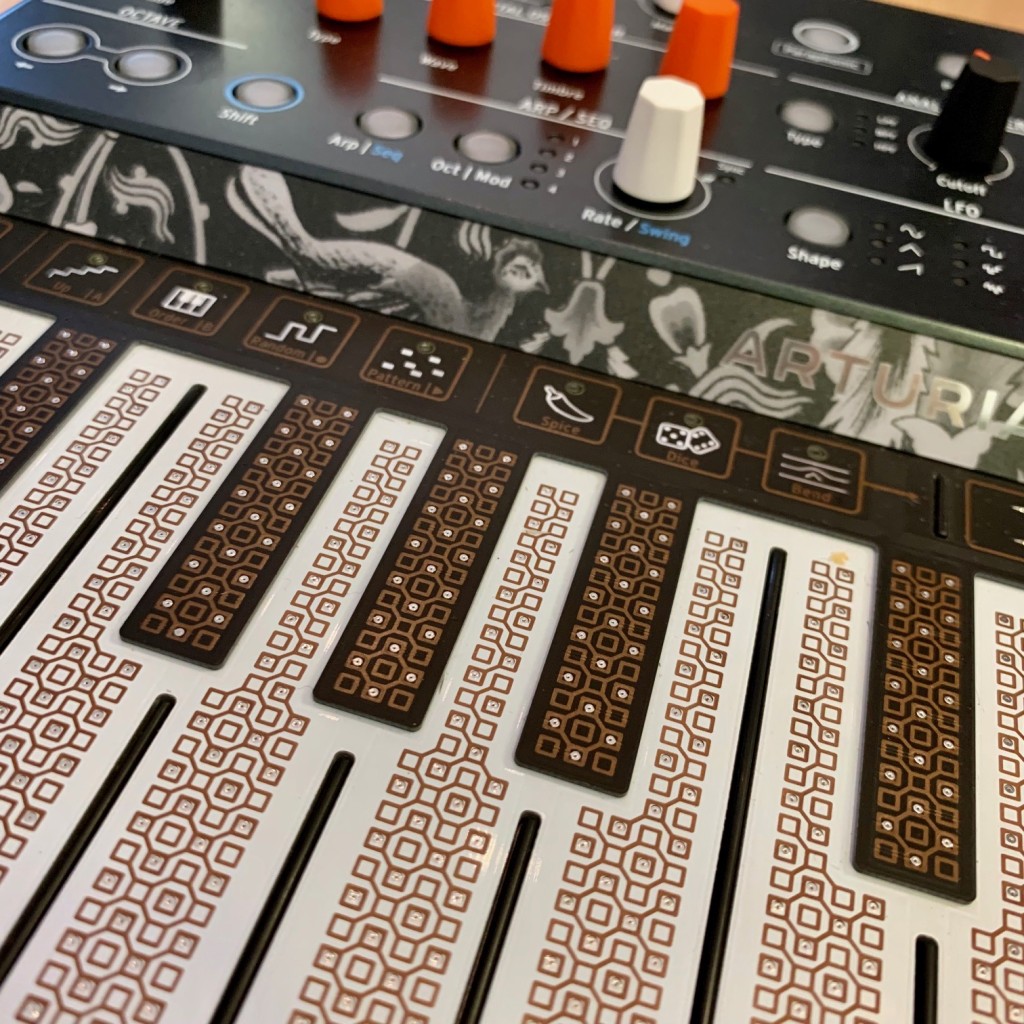
The oscillator section is by far the most complex aspect of the synth and the key to understanding its huge potential. There are a total of 12 modes, from wavetables to FM synthesis via the less common Karplus-Strong physical modelling approach. Arturia made the smart move of collaborating with modular synth designer Yves Usson on the MiniBrute, and they’ve repeated a similar trick this time around, borrowing code for various MicroFreak oscillator modes from the outstanding Plaits module by Parisian Eurorack specialists Mutable Instruments.
The range of sounds which can be coaxed out of the oscillator alone without even touching the filter section is impressive. The analogue filter is a much simpler affair but no less effective for it, based on the classic Oberheim ‘state-variable’ approach (i.e. switchable between low-pass, band-pass and high-pass modes). Because there’s only one filter, the MicroFreak can’t achieve true polyphony, but in paraphonic mode it can play up to four voices simultaneously. It’s a good compromise at this price point. The filter is clean and smooth, capable of self-oscillating at higher resonance settings. Even if the synth just had a basic analogue VCO, the filter would still make it an interesting prospect.
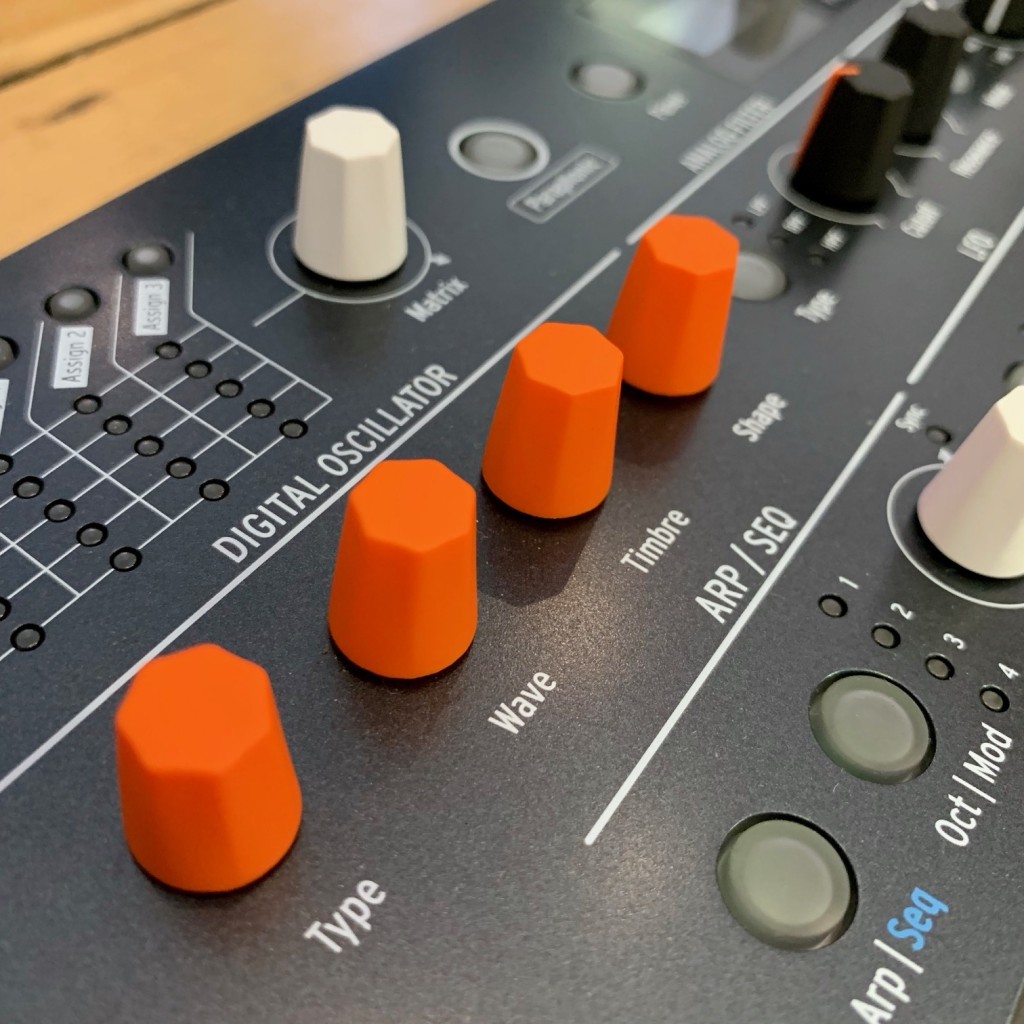
The MicroFreak reminds me a bit of the excellent Teenage Engineering OP-1, which can shift completely from one type of instrument to another as you change through the different synth engines. That versatility makes it an inspiring source of new ideas, which is also true of the Freak. It’s the complete opposite of a synth like the Roland TB-03, which does one thing well but not much else. With so many different options, I found the quickest way to understand the potential was to scroll through the 160 factory presets, noting how the different modes could be used to create such varied sounds as brutally deep sub bass (‘Simple Sub’ preset, using the Waveshaper oscillator mode), shimmering digital keys (‘Glass Organ’, Harmonic mode) and rich, Roland Juno-style strings (‘Strings 1’, BasicWaves mode).
The MicroFreak is remarkably deep and complex for something so small. Its manual clocks in at a hefty 99 pages, which gives a sense of its potential. That’s not to say it’s a complicated instrument, though. In fact, it’s all surprisingly clear and simple to get to grips with considering the fact that there’s so much to play with. It’s the sheer number of oscillator modes and the range of options available that make it versatile.
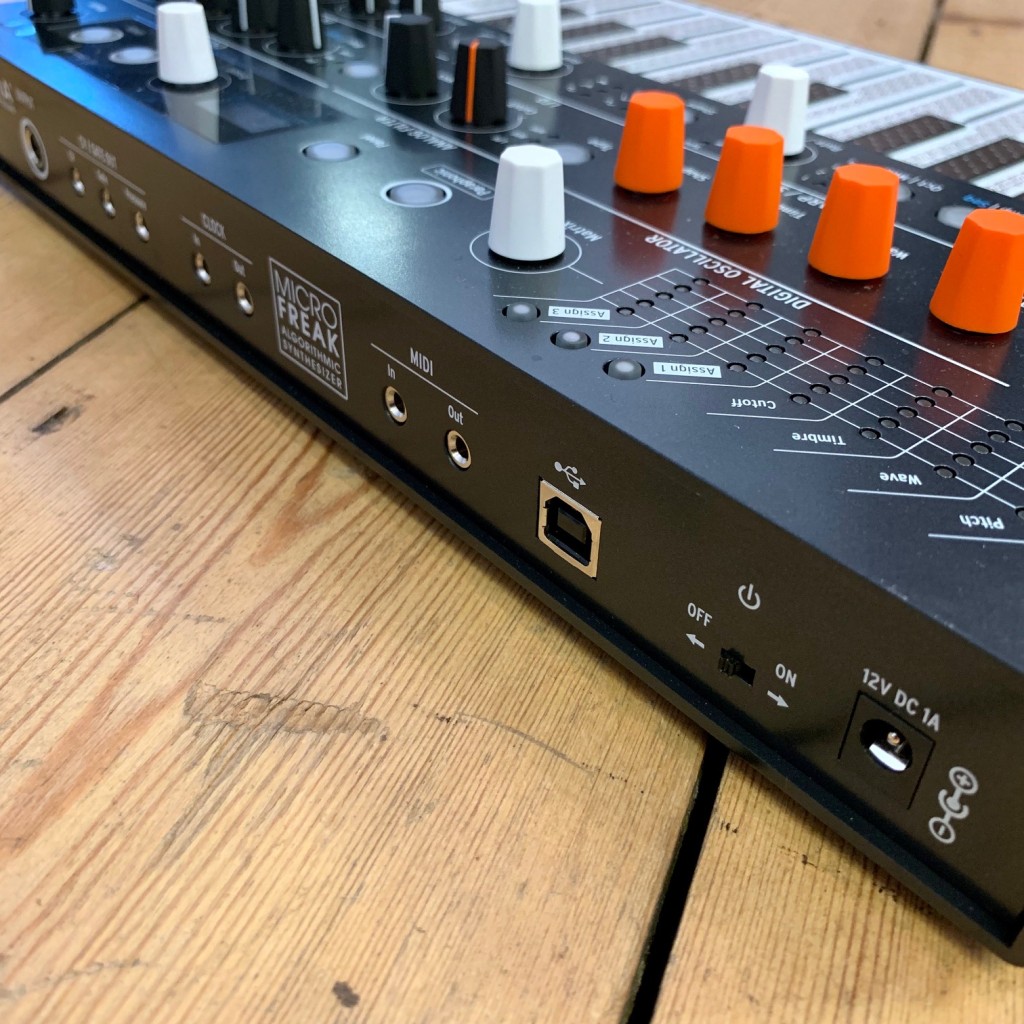
The one area that could potentially be a little confusing if only for the range of options is the modulation routing section, inspired by the MatrixBrute, which allows you to route five mod sources to seven different destinations, three of them user-assignable. Arturia describe it as a semi-modular approach, which is maybe not strictly true, but the flexible mod routing is clearly inspired by the modular idea of patching any signal anywhere.
The control method feels like another of the Freak’s key selling points, based around that unusual capacitive keyboard, which responds to pressure independently for each note as your fingers push down harder and make greater contact with the conductive pads on the surface of the keys. In conjunction with the arp/sequencer, this unlocks the performance aspect of the synth. The Spice and Dice options are excellent too, allowing you to randomise parameters of an arpeggio or sequence in real time using the horizontal pitch bend strip. It’s also worth noting that the CV/gate outputs (plus clock and MIDI in and out) allow the MicroFreak to play nicely with modular gear. The arpeggiator in particular would make an interesting controller for a Eurorack setup.
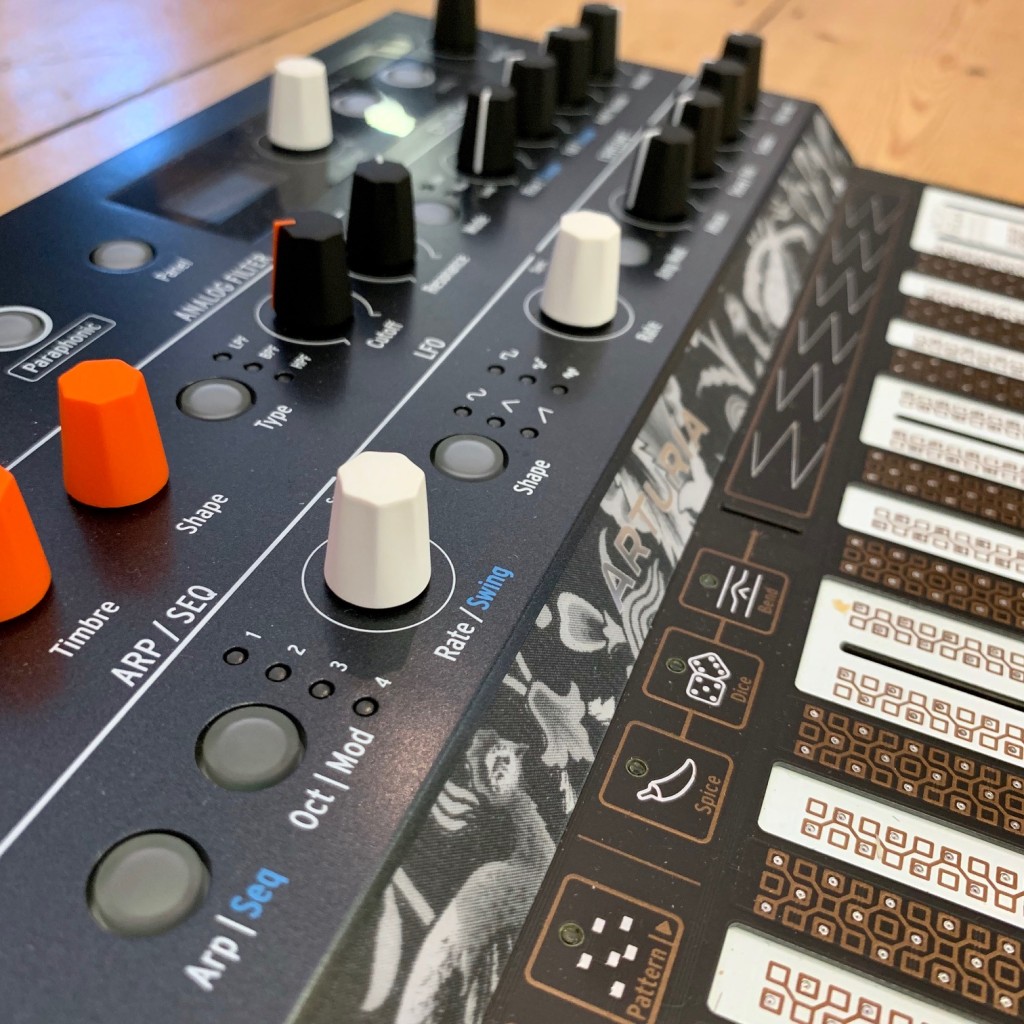
Drawing on references as diverse as Buchla synth modules, the Oberheim SEM, the EMS Synthi and modern digital synths, the MicroFreak is certainly unusual. There’s nothing else quite like it on the market, especially at this price point, but it’s still very accessible and usable. If there’s one criticism you could level at it, it’s the fact it does so many different things that it doesn’t really stand out as being the clear choice for a single specific sound. It’s an all-rounder, but also a delightfully unique one. That’s probably the best way to look at the MicroFreak: as a keenly priced jack-of-all-trades which functions as the oddball alternative to more conventional options like the Korg Minilogue.
Seven years on from the MiniBrute, Arturia remains one of the most exciting innovators in the affordable synth market. The Brute range has grown up, but it’s now joined by a freakish younger sibling. Is this the start of a new Freak range? We wouldn’t bet against it.
More info/buy
Greg Scarth
